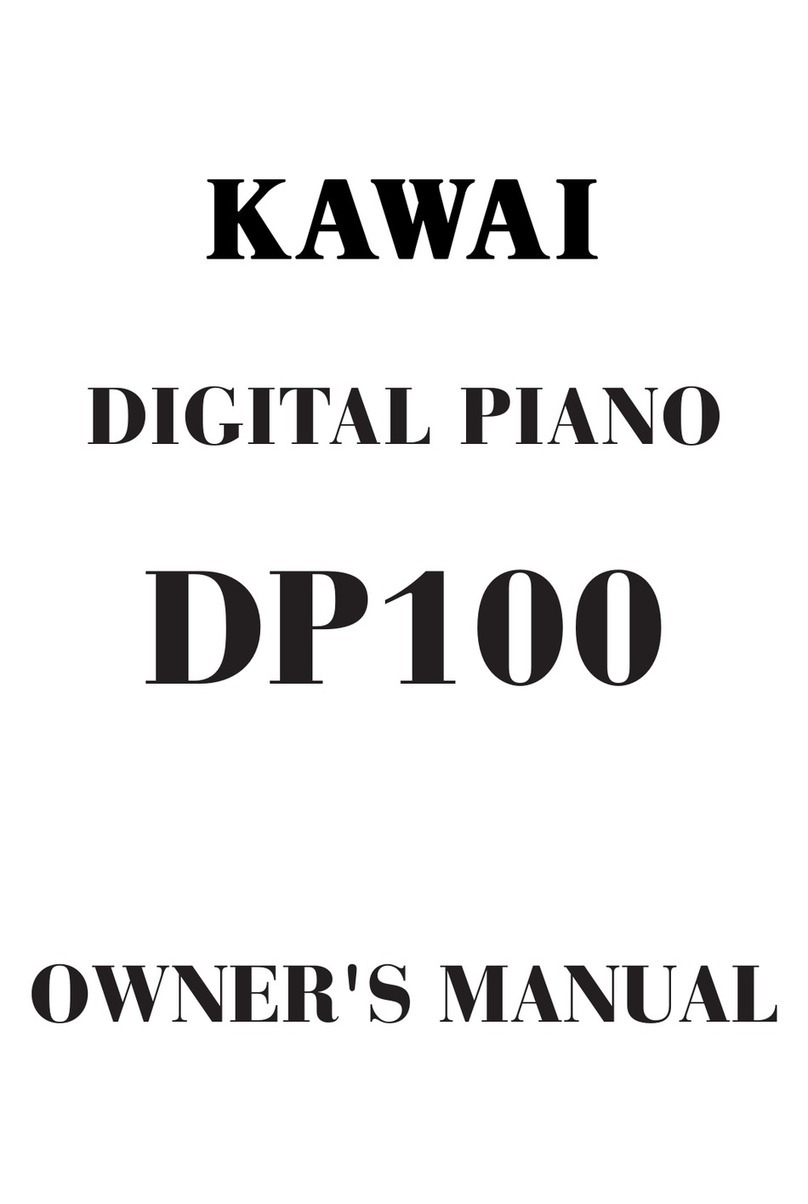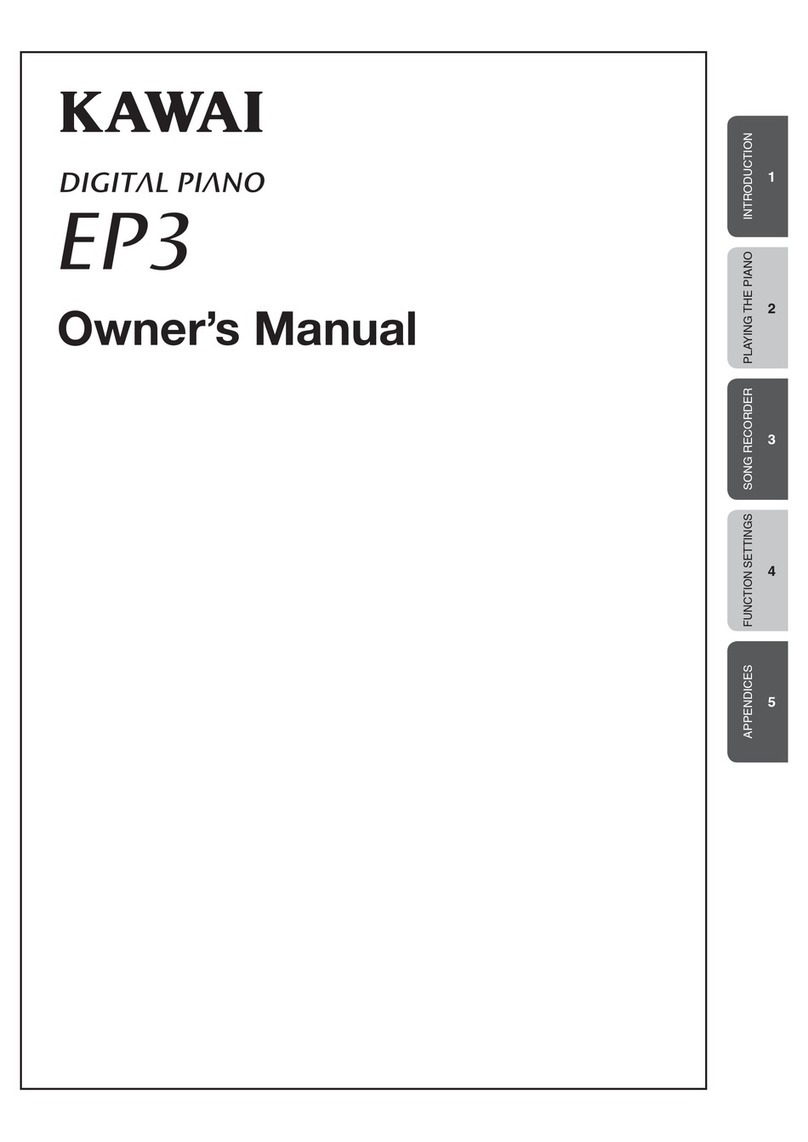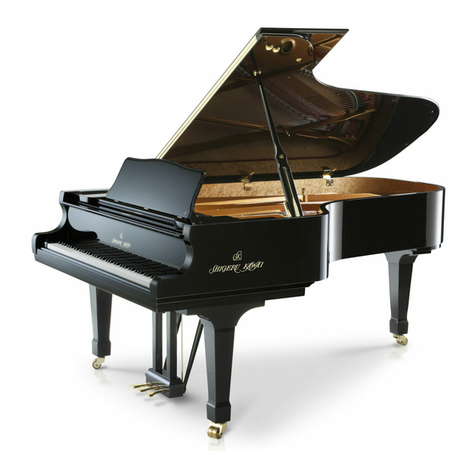Kawai MP9500 User manual
Other Kawai Musical Instrument manuals
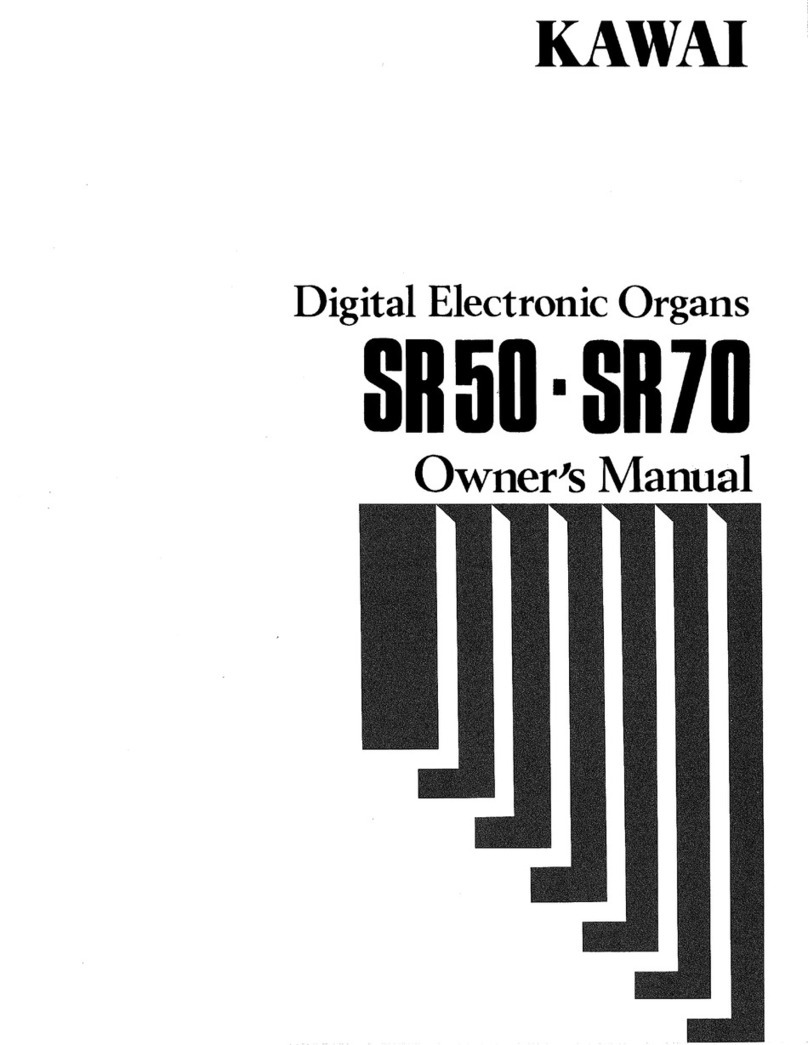
Kawai
Kawai Digital Electronic Organs SR50 User manual
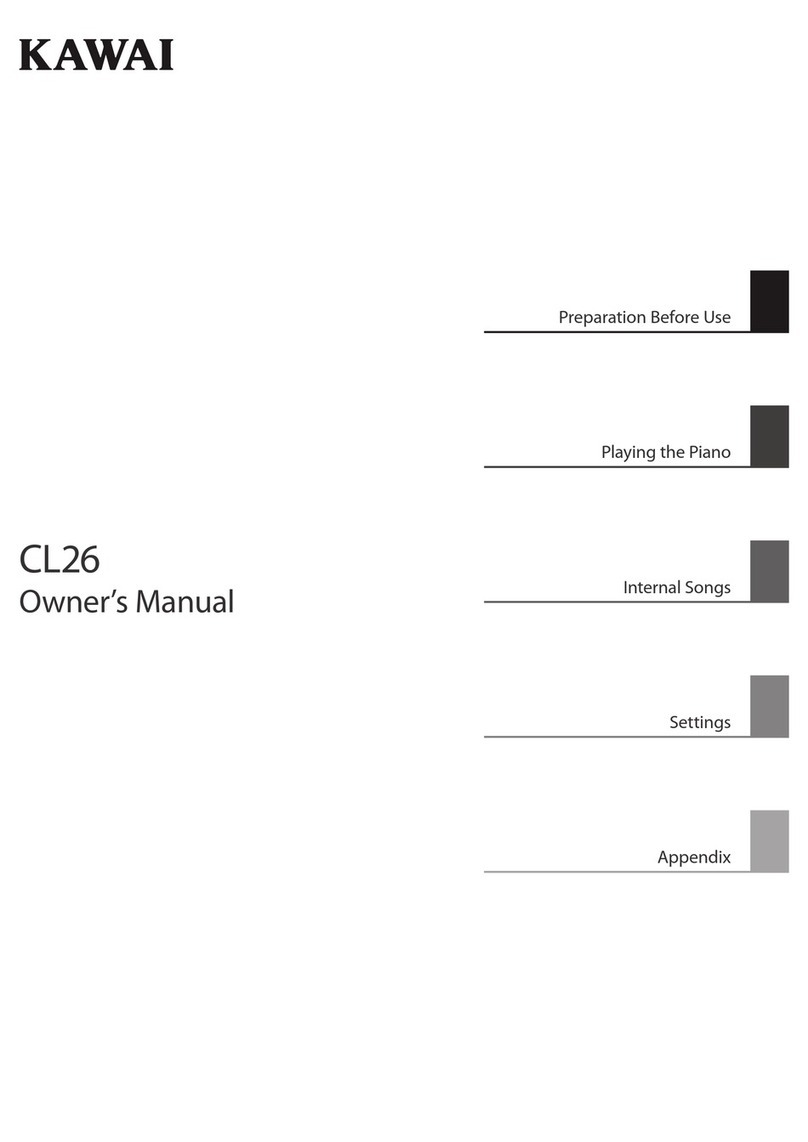
Kawai
Kawai CL26 User manual
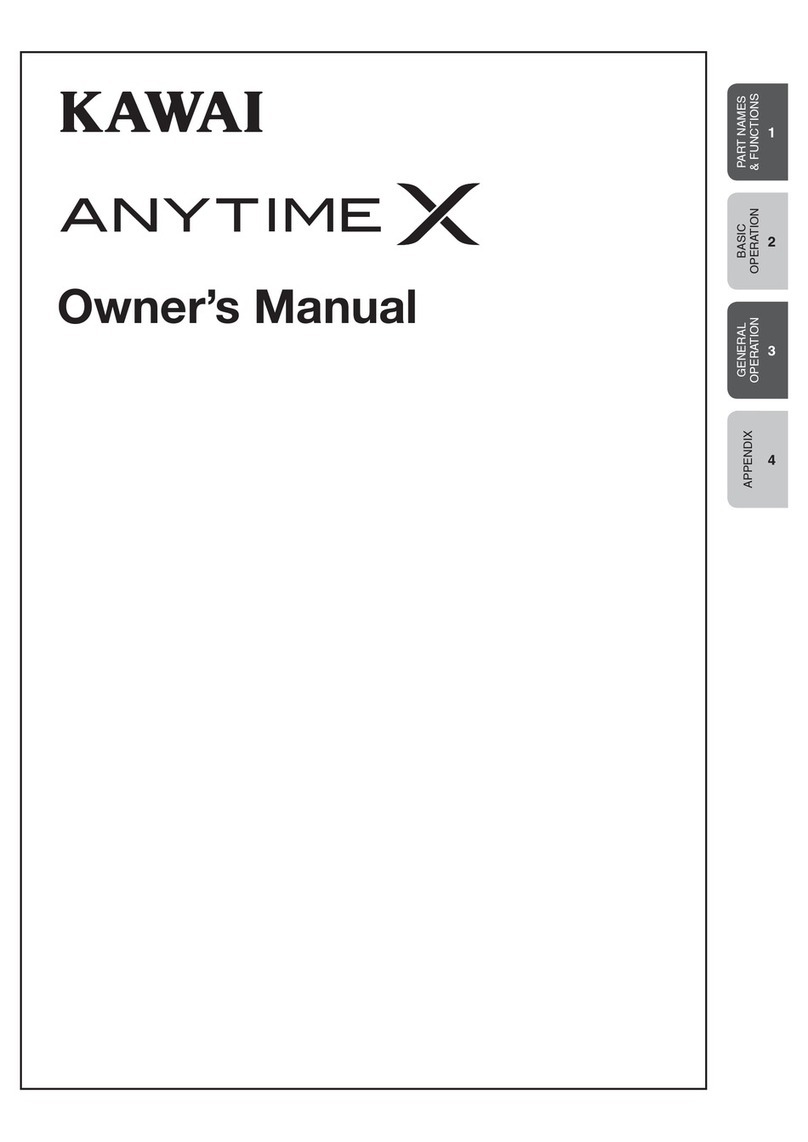
Kawai
Kawai AnytimeX User manual
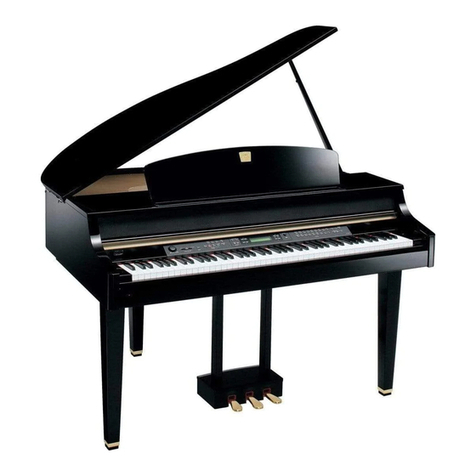
Kawai
Kawai CP 209 User manual
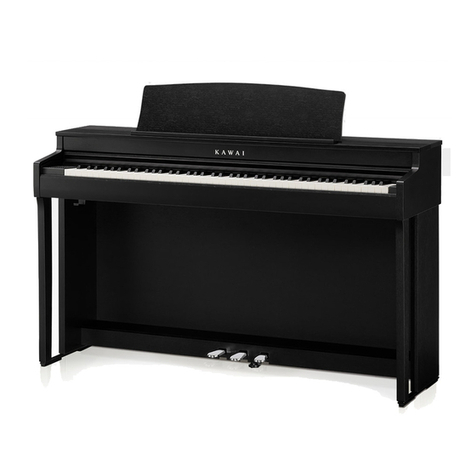
Kawai
Kawai CN301 User manual

Kawai
Kawai Concert Artist Classic series CS4 User manual

Kawai
Kawai DX700 User manual
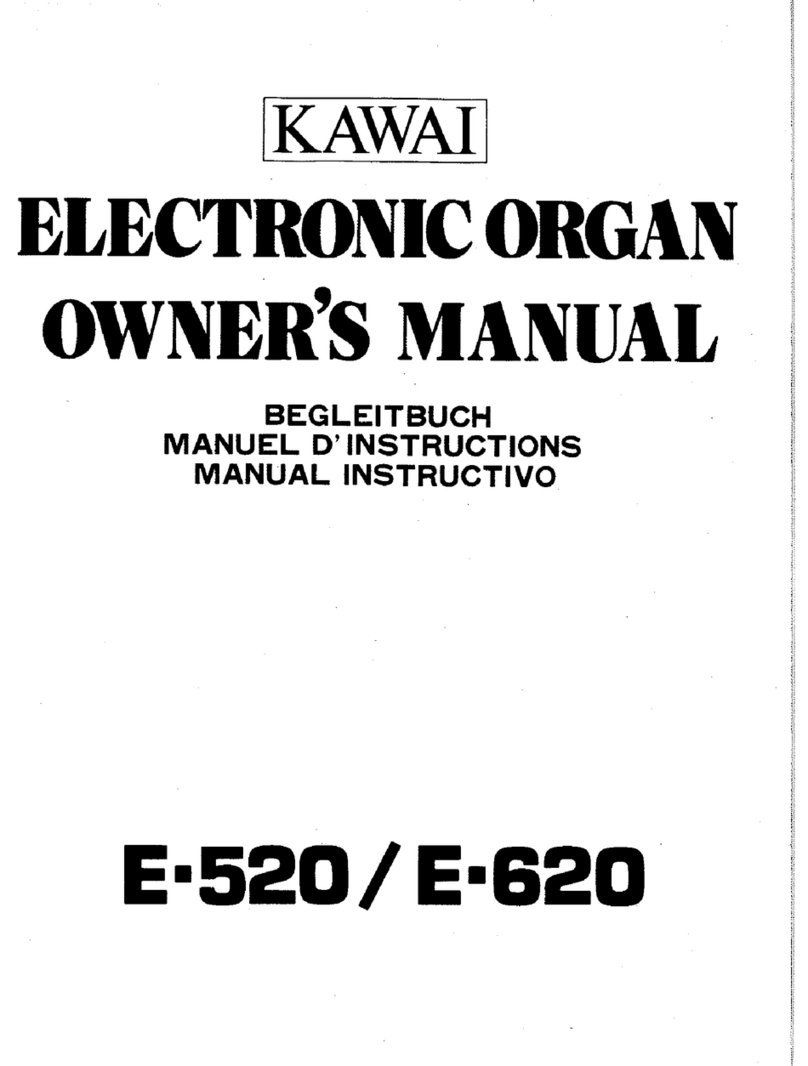
Kawai
Kawai E-520 User manual
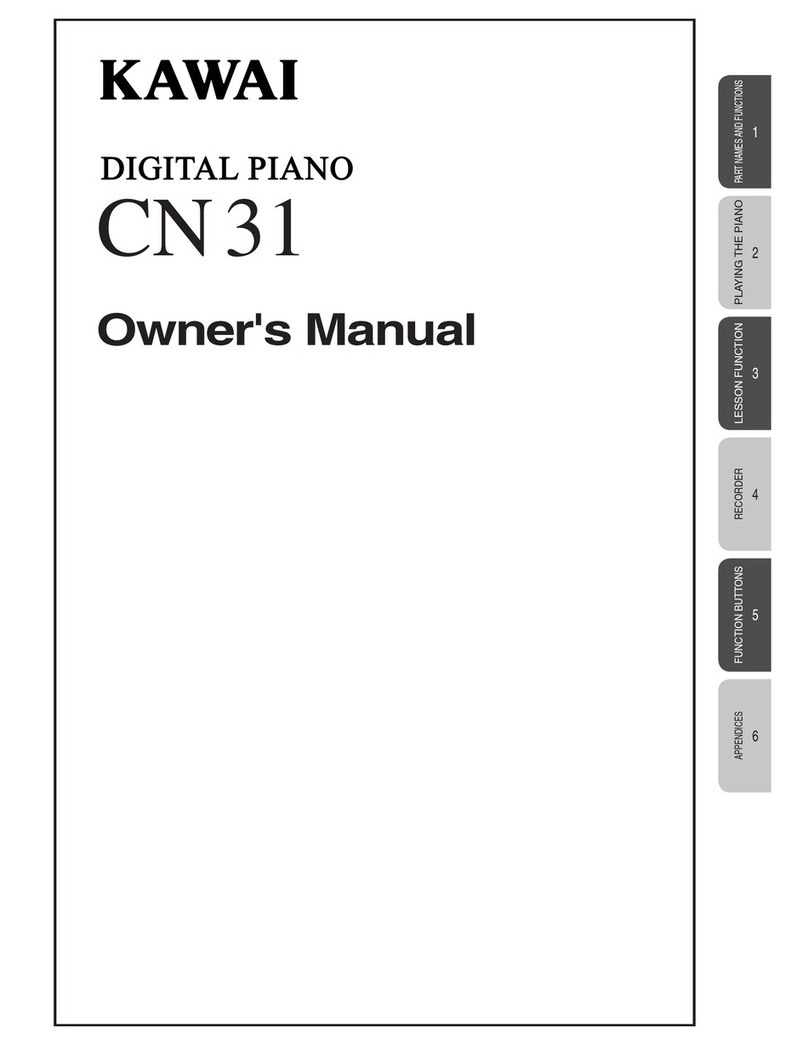
Kawai
Kawai CN31 User manual

Kawai
Kawai CN17 User manual

Kawai
Kawai Digital Piano P160 User manual
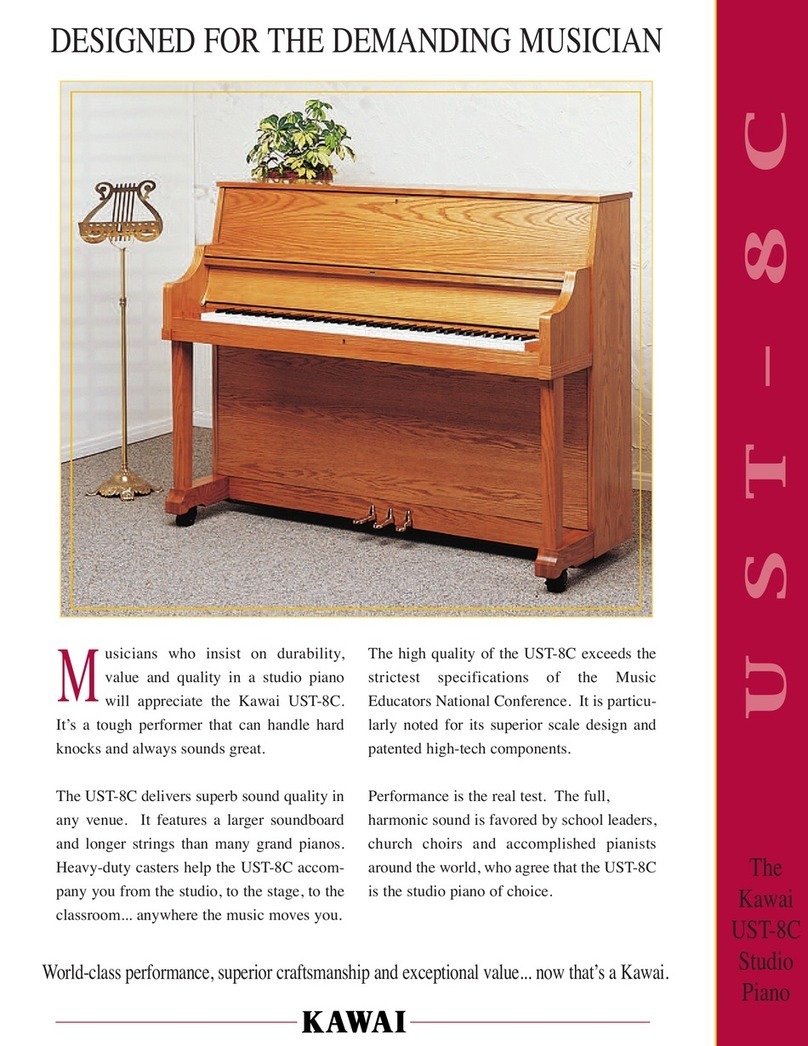
Kawai
Kawai U S T - 8 C User manual
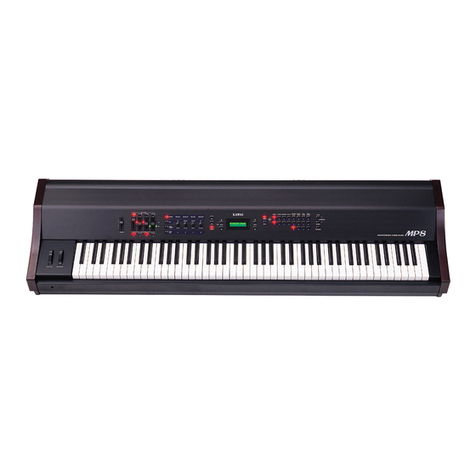
Kawai
Kawai Stage Piano MP8 User manual
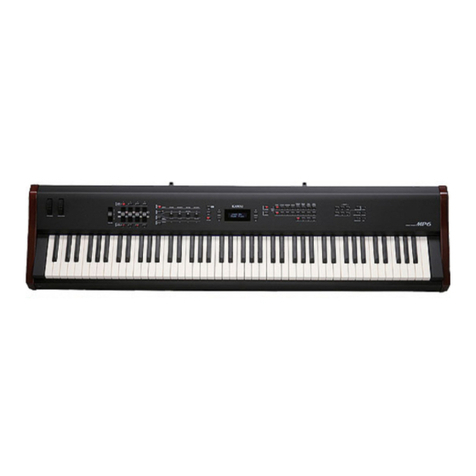
Kawai
Kawai MP6 User manual
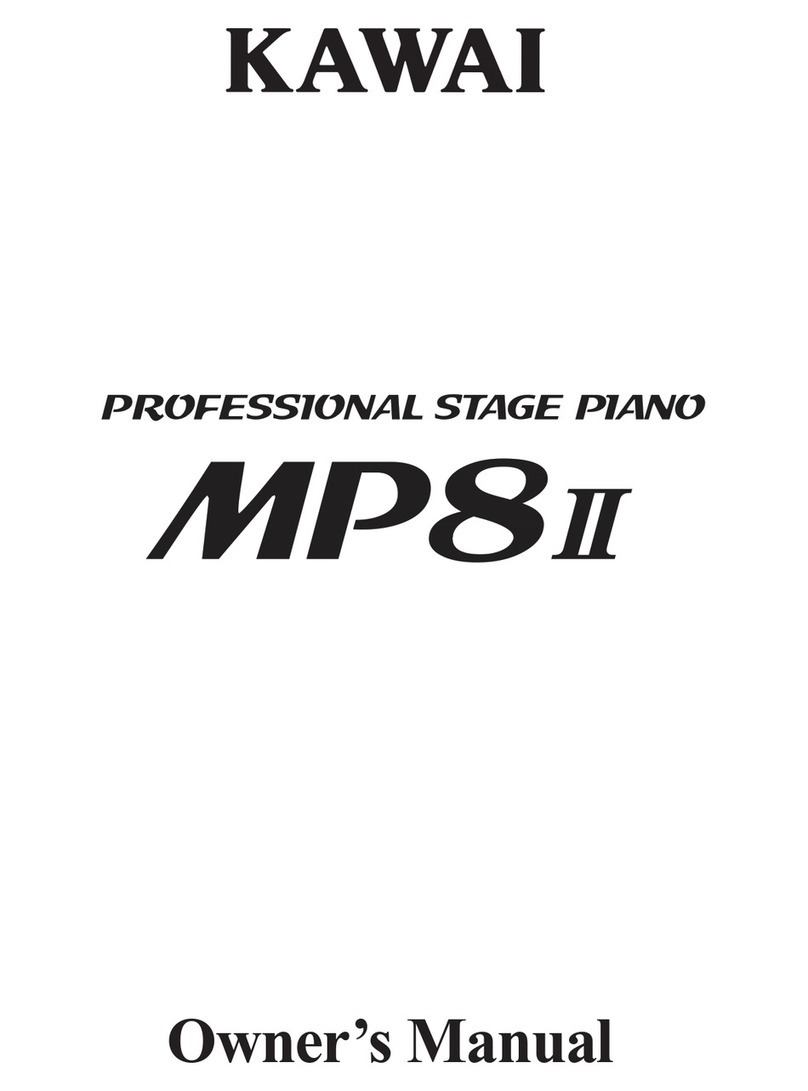
Kawai
Kawai Professional Stage Piano MP8II User manual
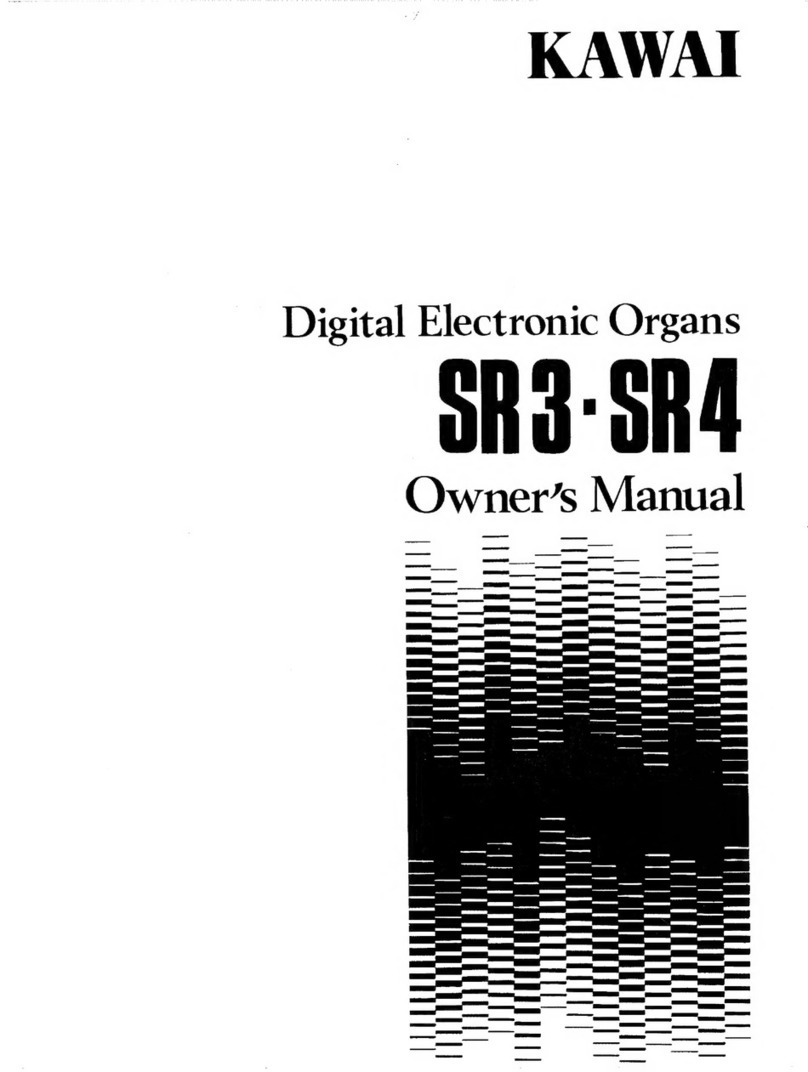
Kawai
Kawai SR3 User manual
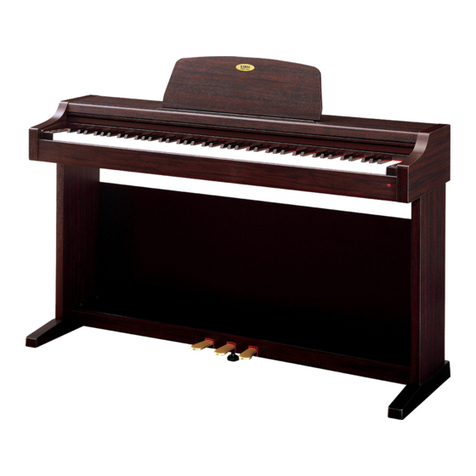
Kawai
Kawai CN2 User manual

Kawai
Kawai Novus NV10 Technical manual
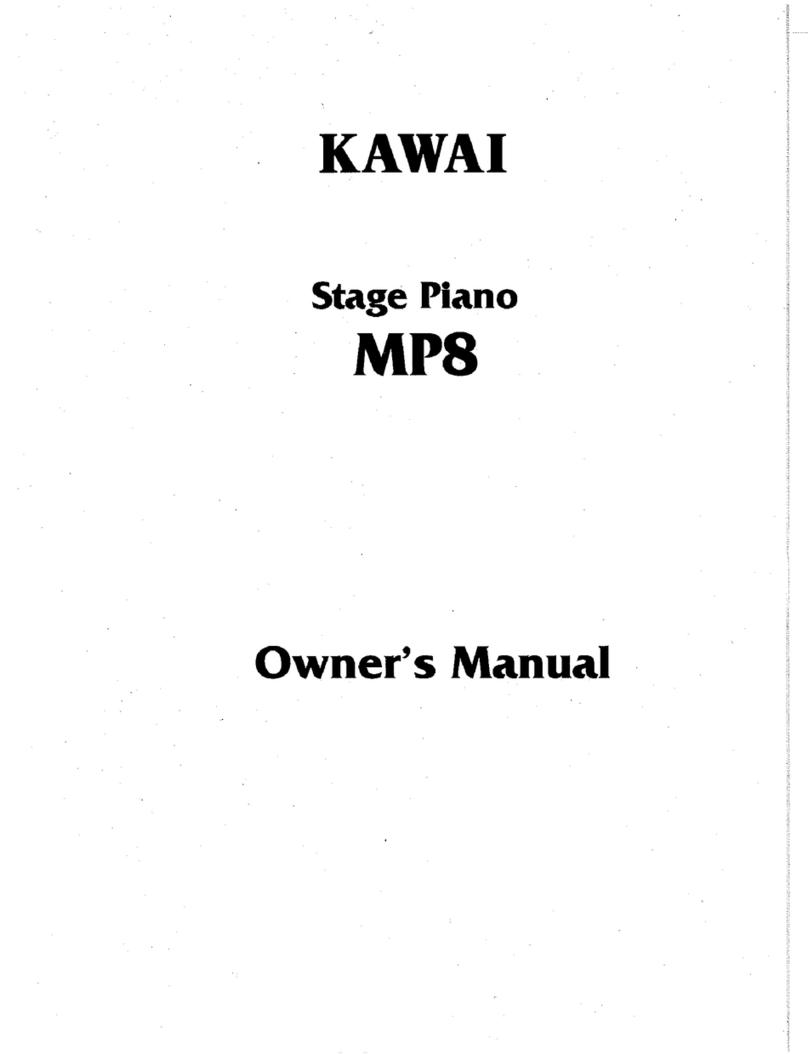
Kawai
Kawai Stage Piano MP8 User manual
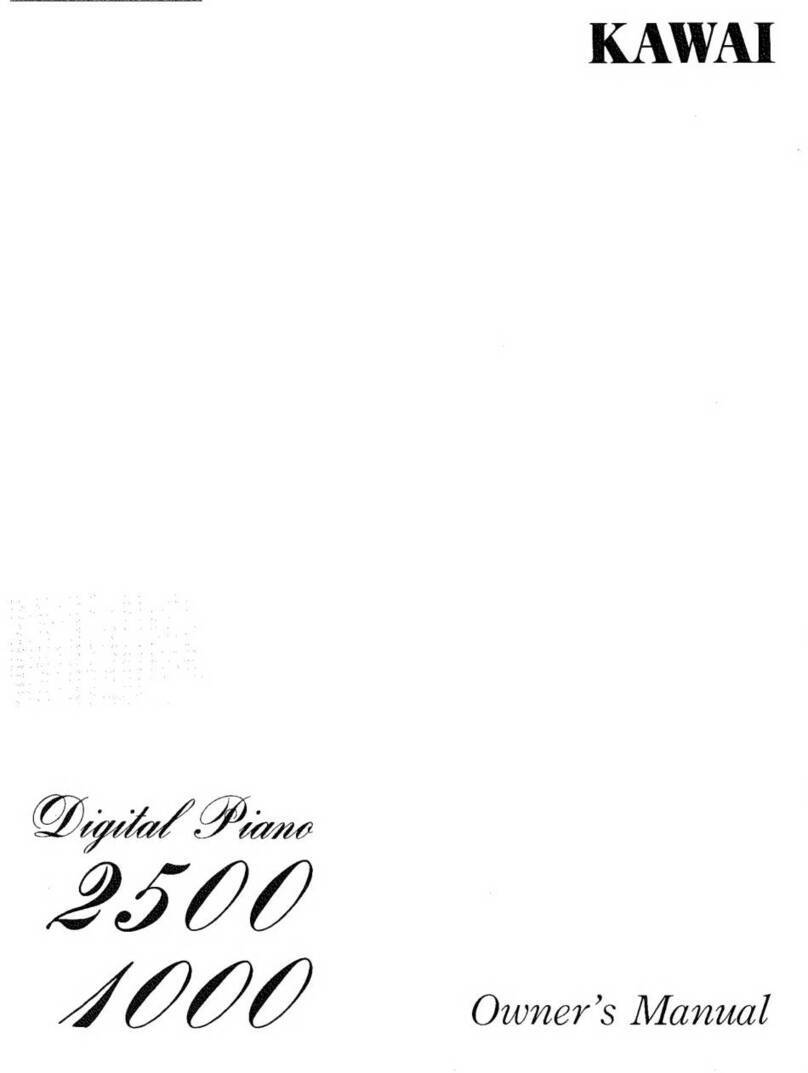
Kawai
Kawai 2500 User manual
